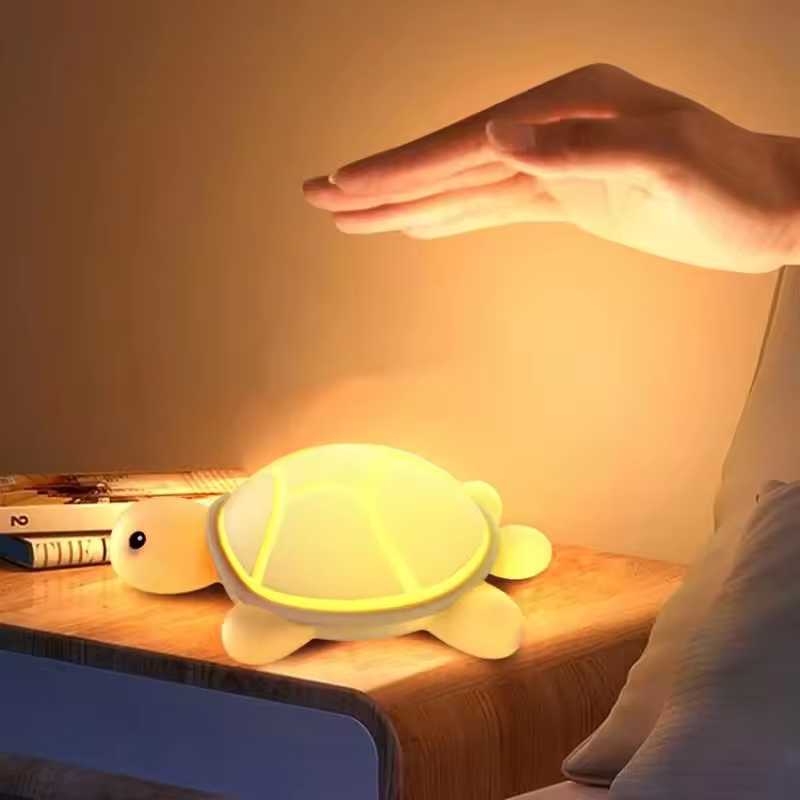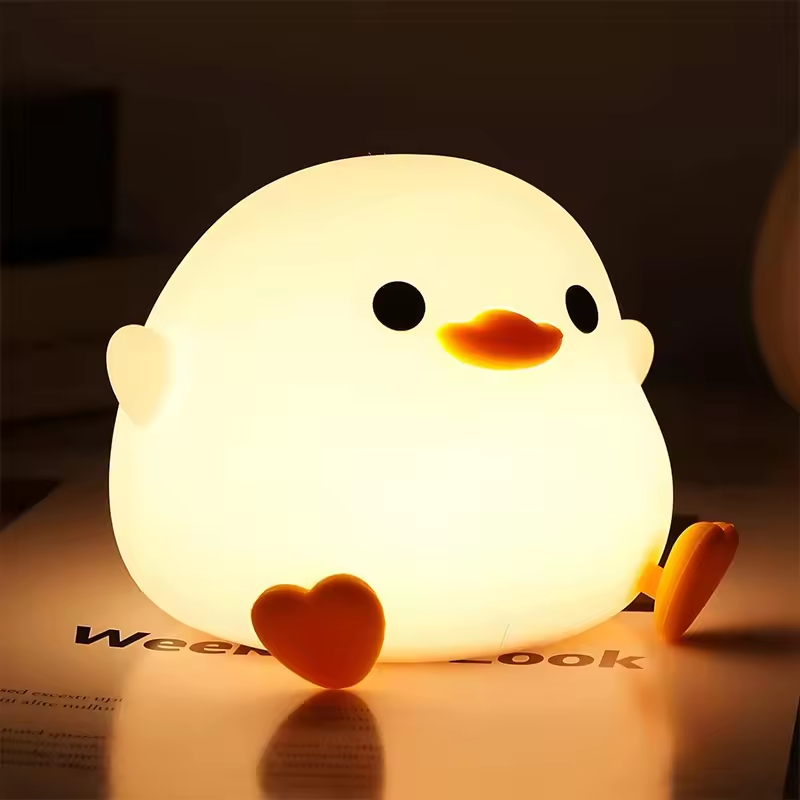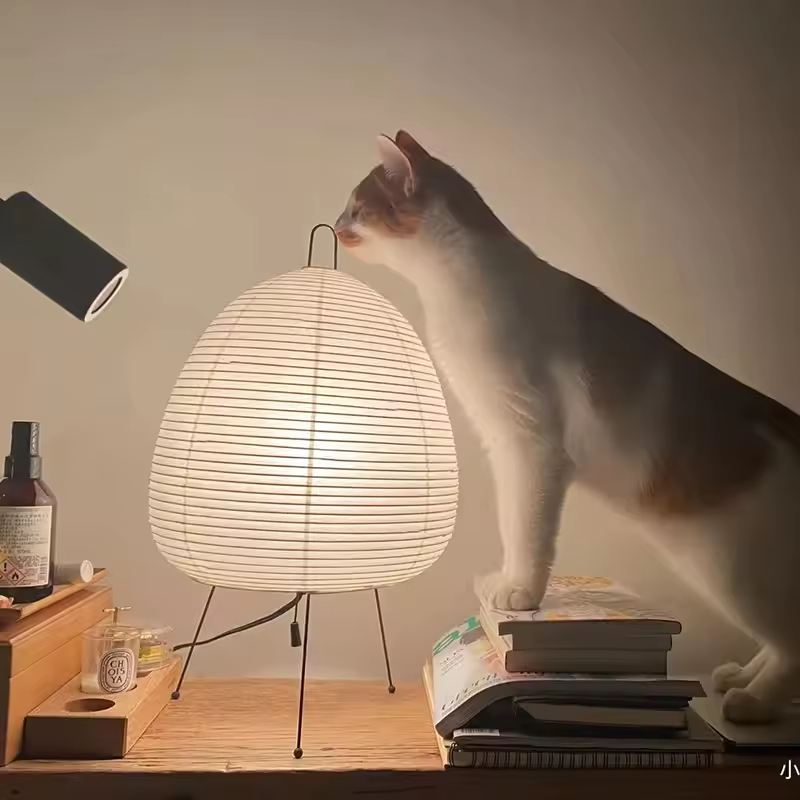 Introduction:
Introduction:
A DIY LED grow light allows gardening enthusiasts to create their own customized lighting system for indoor plant cultivation. In this comprehensive guide, we will explore the steps and considerations involved in building a DIY LED grow light. By understanding the components, techniques, and benefits of a DIY LED grow light, you can embark on a successful project to support the growth and health of your indoor plants.
Introduction to DIY LED Grow Light
A DIY LED grow light is a lighting system designed to provide artificial light to indoor plants for optimal growth.
A. Advantages of LED Grow Lights: LED lights are energy-efficient, customizable, and provide the specific light spectrum needed for different stages of plant growth.
B. DIY Approach: Building a DIY LED grow light allows for customization and affordability compared to purchasing pre-made grow lights.
 Components of a DIY LED Grow Light
Components of a DIY LED Grow Light
Understanding the essential components required for a DIY LED grow light is crucial for building an effective lighting system.
A. LED Chips or Bulbs: High-quality LED chips or bulbs provide the primary light source for stimulating plant photosynthesis.
B. Heat Sink: A heat sink is necessary to dissipate the heat generated by the LED lights, ensuring the longevity and efficiency of the system.
C. Driver or Power Supply: A driver or power supply is needed to convert and regulate the electrical current from the power source to the LED lights.
Selecting LED Chips or Bulbs
Choosing the right LED chips or bulbs is essential to provide the appropriate light intensity and spectrum for optimal plant growth.
A. Full Spectrum LEDs: Full spectrum LEDs emit a balanced spectrum of light, closely resembling natural sunlight and supporting all stages of plant growth.
B. LED Wattage and Lumens: Consider the wattage and lumens output of the LED chips or bulbs, ensuring they meet the light requirements of your plants.
Building the LED Grow Light Fixture
Constructing the LED grow light fixture requires assembling the components and ensuring proper electrical connections.
A. Mounting the LEDs: Secure the LED chips or bulbs onto a sturdy surface, ensuring an even distribution of light across the growing area.
B. Wiring and Electrical Connections: Connect the LED chips or bulbs to the driver or power supply, following safe electrical practices and ensuring proper insulation.
Hanging and Positioning the Grow Light
Properly hanging and positioning the DIY LED grow light ensures optimal light coverage and distance from the plants.
A. Adjustable Hanging System: Install an adjustable hanging system that allows you to raise or lower the grow light as the plants grow.
B. Optimal Distance: Position the grow light at the recommended distance from the plants, considering the light intensity and heat emitted by the LEDs.
Timing and Light Intensity
Establishing appropriate timing and light intensity helps mimic natural daylight and supports plant growth.
A. Light Duration: Determine the ideal number of light hours per day based on the specific light requirements of your plants and their growth stage.
B. Light Intensity Control: Implement a light intensity control system, such as dimmer switches or timers, to adjust the brightness of the grow light as needed.
 DIY LED Grow Light Maintenance
DIY LED Grow Light Maintenance
Regular maintenance of the DIY LED grow light ensures optimal performance and longevity.
A. Cleaning: Clean the LED chips or bulbs, reflectors, and heat sinks regularly to remove dust or debris that may hinder light output and heat dissipation.
B. Checking Connections: Routinely check the electrical connections and ensure they are secure and free from any damage or corrosion.
 Benefits of DIY LED Grow Light
Benefits of DIY LED Grow Light
A DIY LED grow light offers numerous advantages for indoor gardening enthusiasts.
A. Customization: Building a DIY LED grow light allows for customization based on the specific needs of your plants and growing setup.
B. Cost Savings: DIY LED grow lights are often more cost-effective compared to purchasing commercial grow lights.
Key differences:
LED grow lights differ from incandescent and fluorescent lights in several ways. Here are the key differences:
Efficiency:
LED grow lights are much more energy-efficient compared to incandescent and fluorescent lights. They can produce the same amount of light while consuming significantly less power, leading to cost savings in electricity bills.
Heat Generation:
LED grow lights generate minimal heat compared to incandescent and fluorescent lights. Incandescent lights release a significant amount of heat, which can potentially harm plants or increase the need for cooling systems. LED lights operate at much lower temperatures, reducing the risk of heat damage to plants.
Lifespan:
LED grow lights have a longer lifespan compared to incandescent and fluorescent lights. While incandescent lights typically last around 1000 hours, fluorescent lights last around 10,000 to 20,000 hours. On the other hand, LED grow lights can last 50,000 to 100,000 hours, resulting in lower replacement costs and a longer operational lifespan.
Light Spectrum:
LED grow lights can be customized to produce specific light spectra, providing the ideal wavelengths for plant growth. They can be optimized to emit both blue and red light, which are essential for different growth stages of plants. Incandescent and fluorescent lights emit a broader spectrum, which may require additional light filters or reflectors to provide suitable lighting conditions for plants.
Versatility:
LED grow lights offer greater versatility compared to incandescent and fluorescent lights. They can be designed in various shapes and sizes, allowing for more flexibility in installation and positioning. LED grow lights can also be easily adjusted or programmable to provide specific light intensities or a customized lighting schedule for optimal plant growth.
Environmental Impact:
LED grow lights are more environmentally friendly compared to incandescent and fluorescent lights. They do not contain toxic substances such as mercury, which is commonly found in fluorescent lights. LED lights also produce less greenhouse gas emissions, further reducing their environmental impact.
In summary, LED grow lights outperform incandescent and fluorescent lights in terms of energy efficiency, heat generation, lifespan, light spectrum customization, versatility, and environmental impact. These advantages make LED grow lights a preferred option for indoor gardening and commercial plant cultivation.
 Conclusion
Conclusion
Building a DIY LED grow light is a rewarding project that enables you to create a customized lighting system for your indoor plants. By understanding the components, techniques, and maintenance involved, you can successfully construct an efficient and effective LED grow light. Enjoy the benefits of energy-efficient lighting, customizable settings, and optimal plant growth with it, supporting the health and vitality of your indoor garden.


